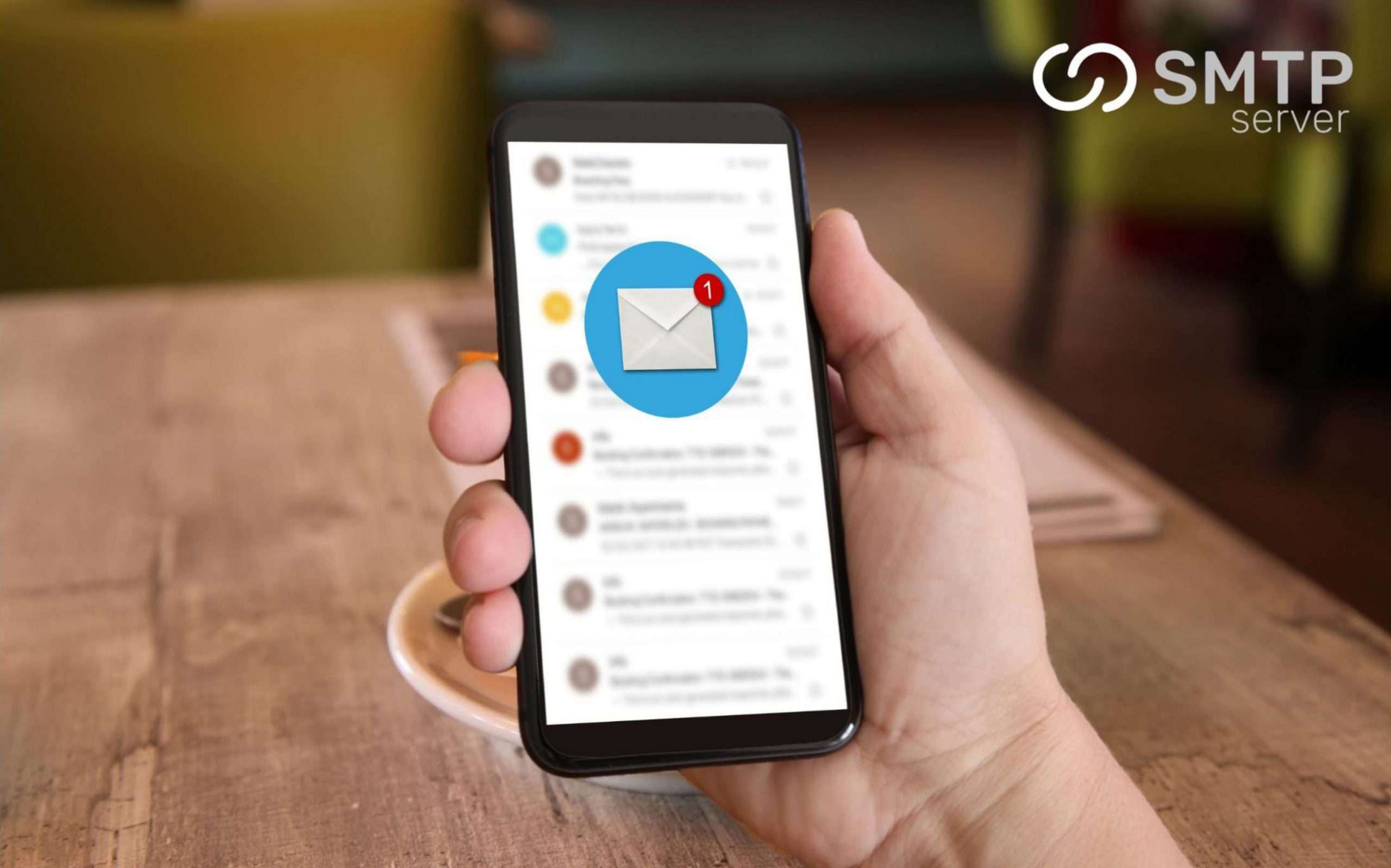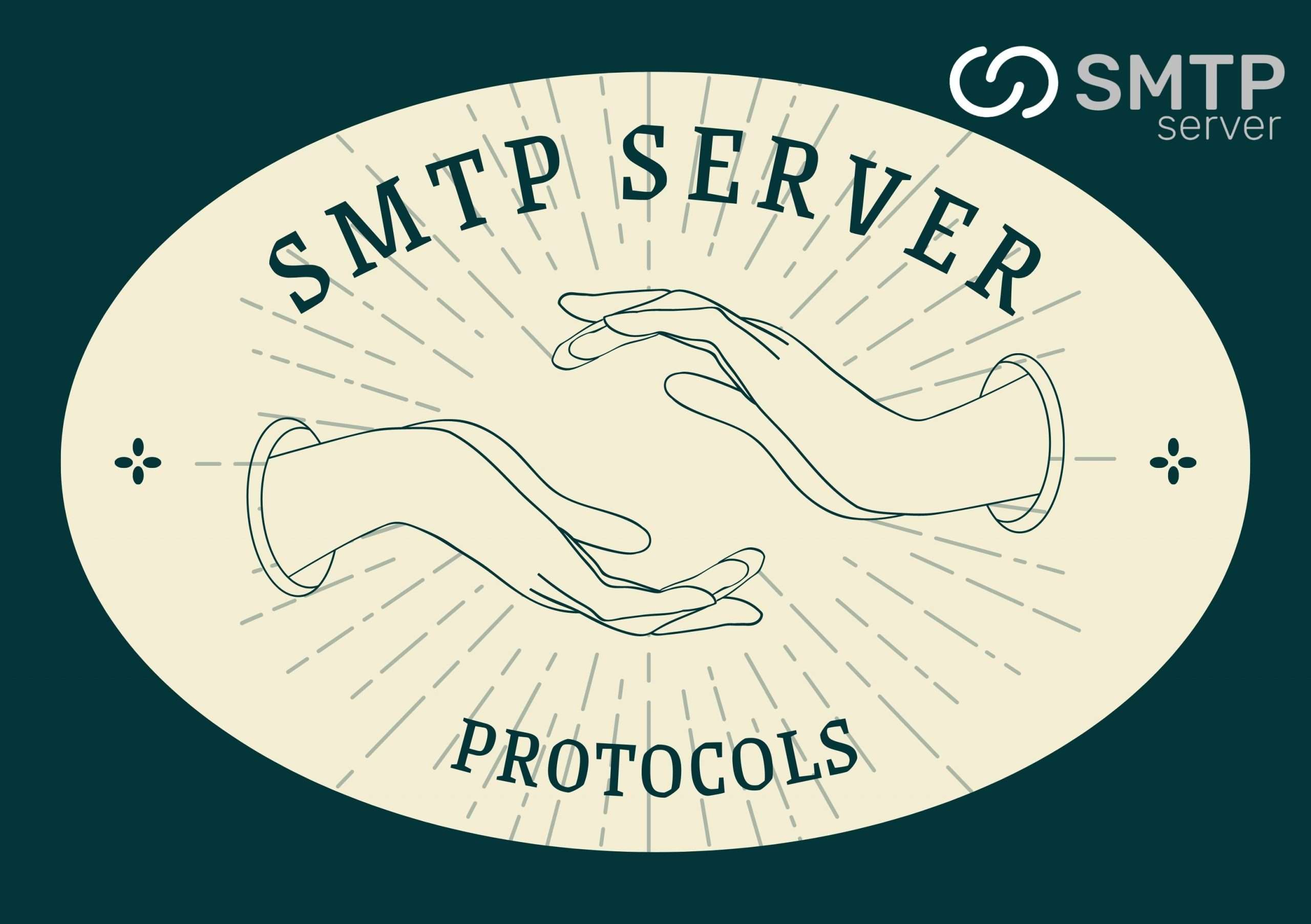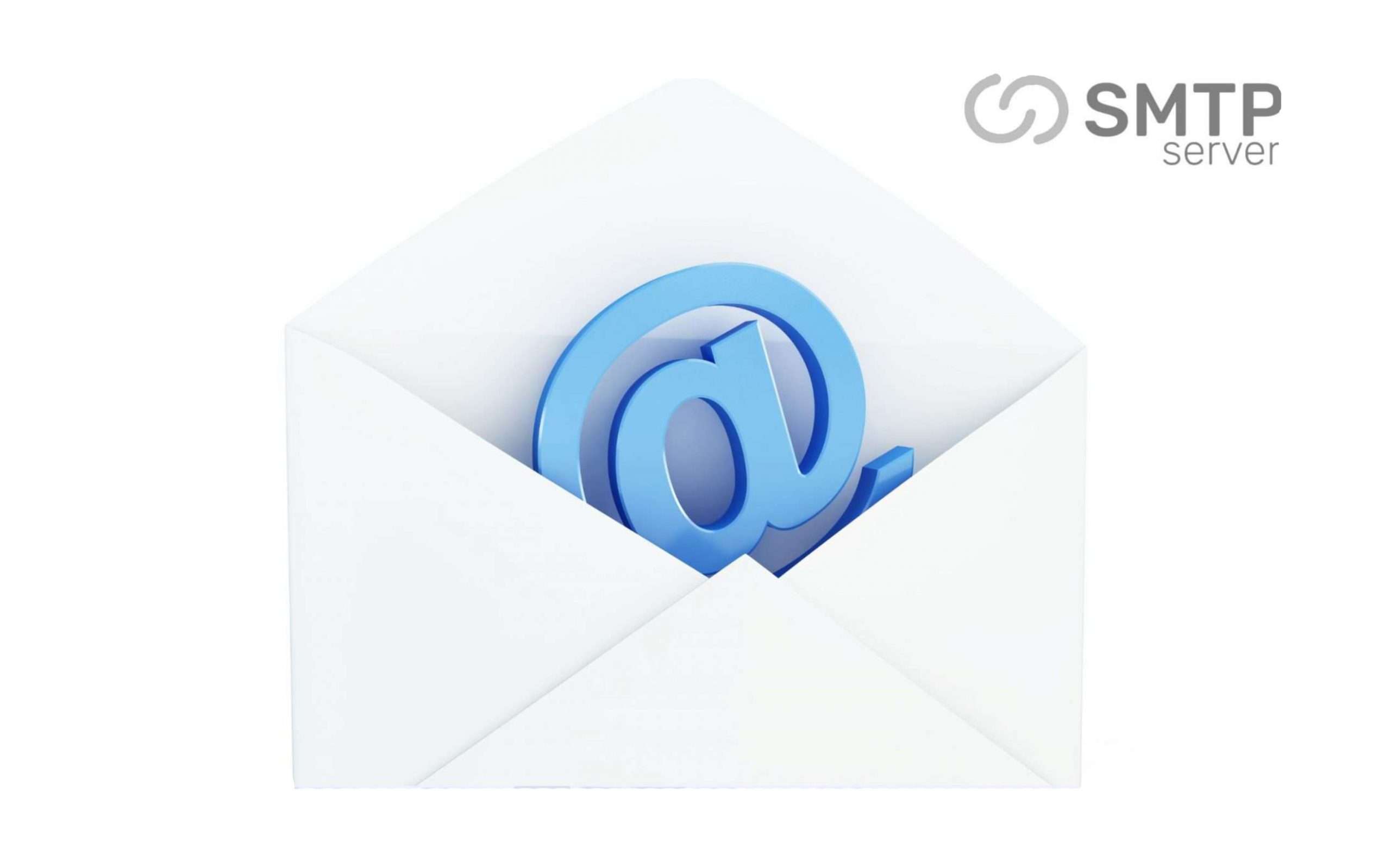17,847 total views, 1 views today
Introduction
In this article, we delve into the realm of email security, particularly focusing on the recent advancements made by Apple with its Mail Privacy Protection feature. As technology continues to evolve, ensuring user privacy and safeguarding sensitive information becomes paramount. We explore the key features and benefits of Apple’s Mail Privacy Protection while discussing its implications for users and the broader email ecosystem.
Understanding Apple’s Mail Privacy Protection
With the ever-increasing concerns about online privacy, Apple has taken a proactive stance by introducing Mail Privacy Protection. This feature, available on the Apple Mail app, offers enhanced privacy measures for users by preventing email senders from accessing certain data that can be utilized for tracking.
The Impact of Mail Privacy Protection
Apple’s Mail Privacy Protection introduces several noteworthy changes to enhance user privacy:
1. Blocking Email Tracking Pixels
One of the primary aspects of Mail Privacy Protection is its ability to block email tracking pixels. These invisible pixels, often embedded in emails, enable senders to track user behavior and gather valuable insights. However, with Mail Privacy Protection, these pixels are loaded in a way that prevents senders from receiving accurate data, thereby preserving user privacy.
2. Masking IP Addresses
Another crucial aspect of Apple’s Mail Privacy Protection is the masking of IP addresses. By hiding the user’s IP address, this feature prevents email senders from linking email activity to a specific individual or device. This ensures that the user’s online identity remains anonymous, enhancing overall privacy and security.
3. Preventing Read Receipts
Mail Privacy Protection also disrupts read receipts, a commonly used feature that allows senders to determine whether an email has been opened by the recipient. With this new functionality, read receipts are no longer reliable, providing users with increased control over their privacy and the ability to choose when to reveal their engagement with an email.
The Advantages of Mail Privacy Protection
Apple’s Mail Privacy Protection offers numerous advantages, both for individual users and the broader email ecosystem:
1. Enhanced Privacy and Security
By effectively blocking email tracking pixels, masking IP addresses, and disrupting read receipts, Mail Privacy Protection ensures a higher level of privacy and security for users. This added layer of protection helps individuals maintain control over their personal information and reduces the risk of unauthorized tracking or data breaches.
2. Reduced Email Spam
With the implementation of Mail Privacy Protection, spammers and marketers face increased challenges in tracking user behavior and collecting data. This serves as a deterrent for unsolicited and irrelevant emails, ultimately reducing inbox clutter and enhancing the overall email experience for users.
3. Fostering Trust in Email Communication
As user privacy becomes more crucial in today’s digital landscape, email recipients are likely to appreciate the privacy-focused measures implemented by Apple. By prioritizing user privacy, Apple fosters trust in email communication, making the email ecosystem more reliable and secure.
The Future of Email Security
Apple’s Mail Privacy Protection represents a significant step towards a more secure and privacy-conscious email landscape. While its impact is notable, it is essential to recognize that email security encompasses various aspects beyond the features provided by Apple.
Encryption and Data Protection
To further bolster email security, it is recommended that users and organizations adopt additional practices such as end-to-end encryption, which ensures that only the intended recipient can access the content of an email. Implementing robust data protection measures and employing secure email protocols contribute to an overall safer email environment.
User Education and Awareness
In parallel with technological advancements, raising awareness and educating users about email security best practices remains vital. By promoting a culture of vigilance and equipping individuals with the necessary knowledge to identify and mitigate potential risks, we can collectively build a more secure digital ecosystem.
Conclusion
In conclusion, Apple’s Mail Privacy Protection is a significant step forward in safeguarding user privacy within the email domain. By blocking email tracking pixels, masking IP addresses, and disrupting read receipts, Apple ensures that users have greater control over their personal information and are protected from unauthorized tracking.
The advantages of Mail Privacy Protection extend beyond individual users, benefiting the entire email ecosystem. With reduced email spam and increased trust in email communication, the overall email experience is enhanced. However, it’s important to note that email security goes beyond the features provided by Apple.
To further strengthen email security, it is advisable to implement additional measures such as encryption and data protection. End-to-end encryption ensures that only the intended recipient can access the content of an email, while secure email protocols add an extra layer of protection.
User education and awareness also play a crucial role in maintaining email security. By educating users about best practices and potential risks, we empower individuals to make informed decisions and contribute to a safer digital environment.
As technology continues to advance, prioritizing user privacy and implementing robust security measures will remain key considerations. Apple’s Mail Privacy Protection sets a precedent for other email providers to follow, inspiring a shift towards a more secure and privacy-focused email landscape.
By embracing these advancements and working together to create a secure digital ecosystem, we can ensure that user privacy remains protected, fostering trust and confidence in email communication.





